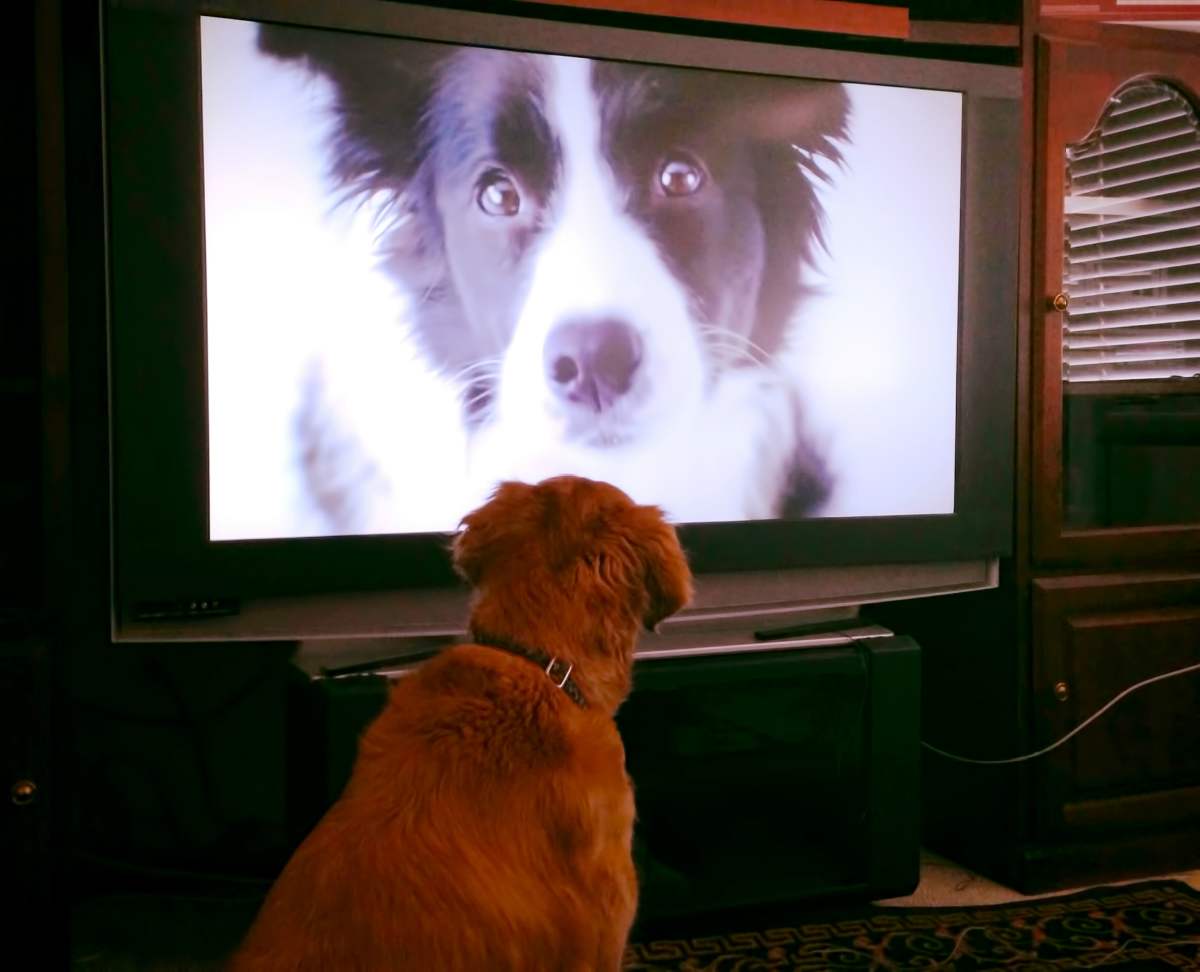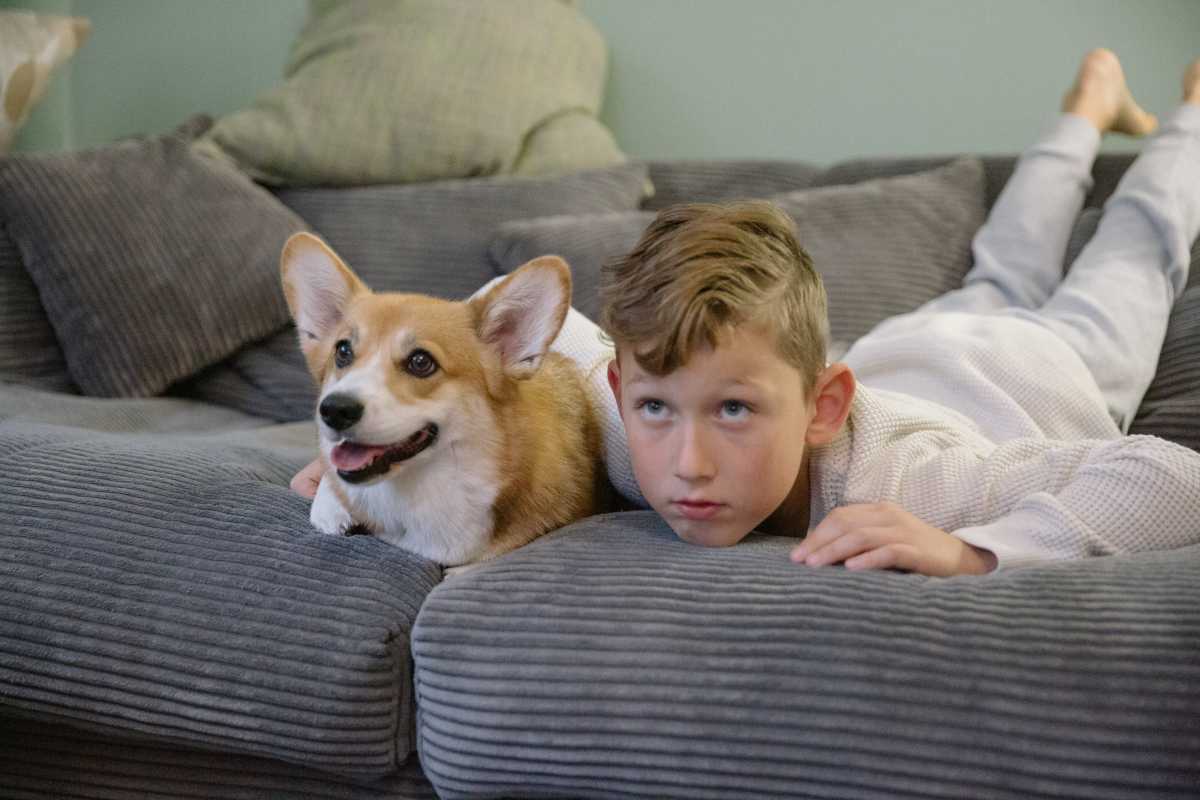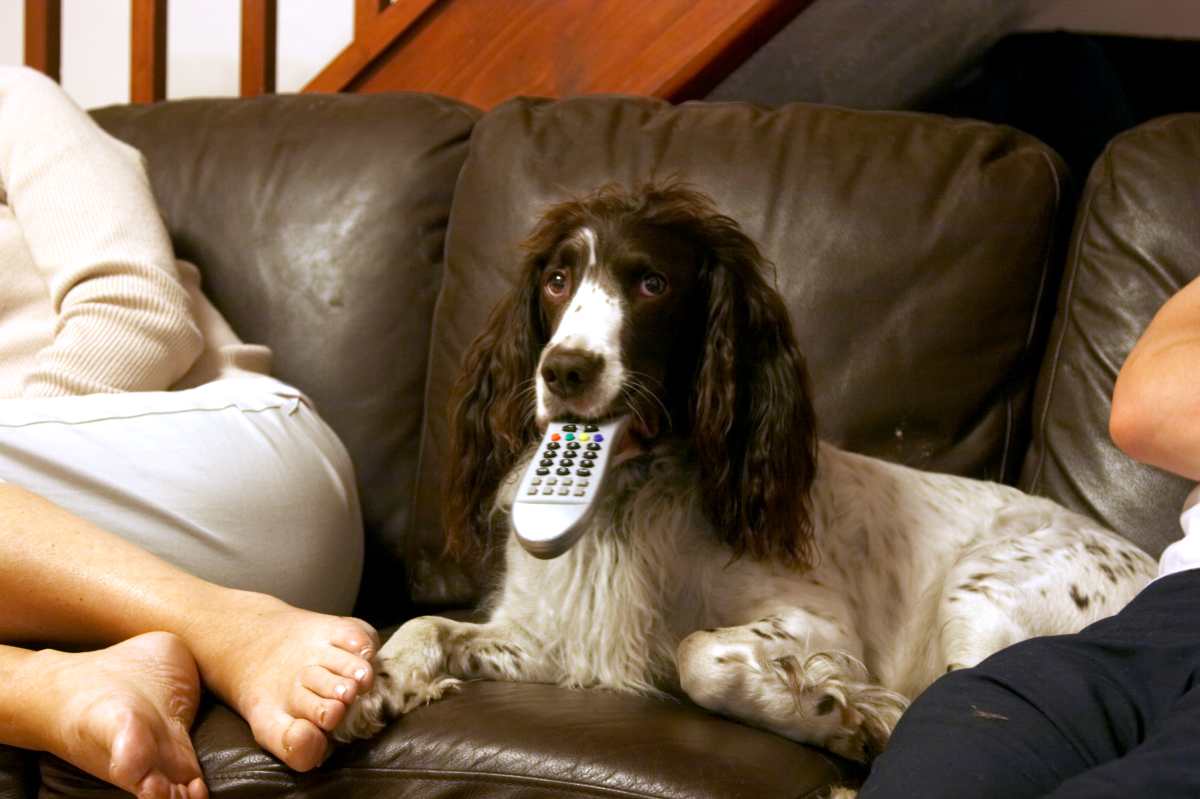Study reveals what dogs really love to watch on TV — and humans are last on the list

After a long day, humans are not the only ones winding down at home. With TVs running in the background, many pet owners have noticed their dogs occasionally staring at the screen. With so many pet-friendly programs available, it is easy to assume dogs enjoy watching too. But as reported by Popular Science and a new study, whether a dog truly engages with television depends on more than just what’s on; it has a lot to do with the dog’s personality and the type of content being shown.

TikTok excitement might not hold every dog’s attention. According to Jeffrey Katz, lead study author and psychology professor at Auburn University, “Personality of the dog influences their viewing habits.” In their research, Katz and his co-authors found that dogs with more excitable temperaments were more likely to interact with the screen, especially when they saw or heard other animals. In contrast, calmer or anxious dogs showed different reactions, often triggered by doorbell sounds or people’s faces. Shows with animals got more engagement overall than those featuring just humans or objects.

To reach these findings, Katz’s team used a detailed online survey, shared through social media. It included basic info about pets and a new 'Dog Television Viewing Scale' (DTVS), asking owners how often their dogs reacted to various content types, like barking at a dog on screen or following animals off-screen with their eyes or paws. The team gathered 513 complete responses and found that 453 owners said their dogs watched TV. Most dogs responded to animal-based sounds and visuals, suggesting they truly prefer other creatures on screen.

Owners of more reactive dogs, those rated as fearful or anxious, also reported higher engagement with non-animal content, like car horns or doorbells. But overall, breed, age, and prior TV exposure had little influence. Freya Mowat, a veterinary ophthalmologist from the University of Wisconsin who was not involved in the study, praised the method used. “I thought it was very well done,” she shared with Popular Science. She said the statistical analysis helped avoid common research bias and highlighted the most important behavior patterns among the dogs surveyed.

Interestingly, Freya Mowat led a similar study in 2024, involving over 1,000 dogs and actual video clips shown to them. Her research focused on how dogs visually respond to screen content, compared to Katz’s behavioral approach. Like the previously mentioned study, her team found that dogs were most interested in content featuring other animals, especially other dogs. They also noticed that age and breed played a small role in how dogs engaged with television. Sporting and herding breeds were more likely to be regular viewers.

Older dogs, on the other hand, seemed less likely to pay attention to what was on screen. Despite coming from different research angles, vision versus behavior, the two studies reached similar conclusions about what holds a dog’s interest. Mowat remarked, “Animals are more interesting than people and inanimate objects,” summing up both findings. She and Katz both plan to continue exploring this area with more in-depth studies. Future research may help explain exactly what makes some dogs tune in while others simply tune out.